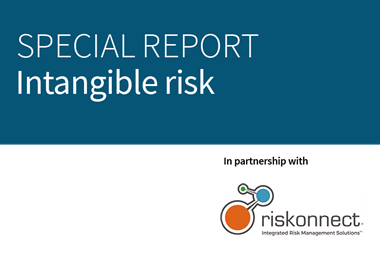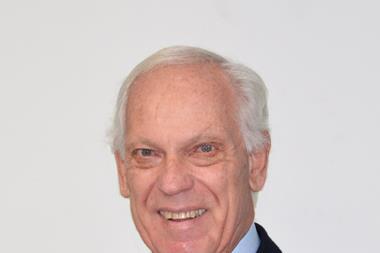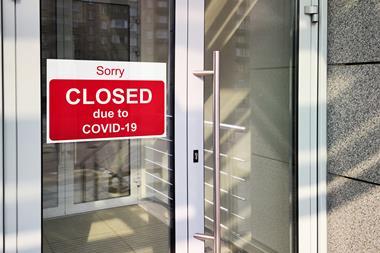The pandemic has increased attention to intangible risks, but getting a firm grasp of the data remains a key challenge
The increasing intangible nature of the risk landscape is nothing new, and yet many of the exposures facing businesses today remain misunderstood and poorly served by traditional insurance products.
On 22 February, StrategicRISK hosted a webinar to discuss some of these challenges. Chaired by Helen Yates, editor of StrategicRISK, our expert panel consisted of Riskonnect CEO, Jim Wetekamp, Martin Smyth, group insurance manager at Next PLC (NXT) and risk consultant, Mark Boult.
The discussion began with a look back at how the COVID-crisis had elevated attention to intangible exposures and highlighted the need for resilience in an increasingly uncertain and volatile risk environment.
”What has changed is an appreciation that risk is distributed across the business,” said Smyth. ”Everybody in the business is a risk manager of some sort, even if they don’t see themselves that way.”
Wetekamp noted that different stakeholders were being brought into the risk management process than may have been the case in the past. This includes HR, legal and marketing teams where risks involving people, intellectual property and brand are concerned, for instance.
“You’ve got to make sure you have a defined risk owner for each one of the intangible assets or areas of risk,” he said. “This will create discussion internally around how those things come together from a scenario standpoint.”
Preparing for the next shock
The pandemic also highlighted the interconnected nature of risk in the world we live in, with COVID-19 and country lockdowns exacerbating a broad range of business risks, including supply chain disruptions and cyber vulnerabilities.
Speaking as the Ukraine conflict was unfolding, Smyth noted that ahead of the pandemic, Black Swan-type events had - in many instances - been consigned to the history books. Now corporates are carrying out more scenario analysis to consider the impact of other potential shocks, however unlikely they may appear.
“It is important to take an opened-minded approach to these risks. We’ve all been in meetings where someone has discarded what could be a valid scenario or approach just because they didn’t believe it could happen in that way. And that’s quite a dangerous narrative to have within the ERM framework.”
Event that lie outside of “living memory” are the ones that can blindside. “Global pandemics seem to happen about once every 100 years, and we should know to expect this,” said Boult. ”Other scenarios will happen on some sort of regularity.”
“You need to look at the future and think about a range of different types of impact, how you manage similar types of risks and build in resilience.”
It is important not to be left behind in a world where a an increasing proportion of business value is made up of intangible assets, he warned.
”If you are behind the curve, you aren’t going to be managing your risks as well, and therefore things will go wrong and damage your brand value.”
Out of reach?
The esoteric nature of intangible risks inevitably makes them difficult to measure and quantify. But there are ways of overcoming these challenges.
“One of the really good exercises is to look at events which have happened and see where they fit into your risk universe, where the tolerances were and were they material,” said Smyth.
Boult mooted the potential use of FRAM: Functional resonance analysis method in influencing both tangible and intangible risk outcomes.
And Wetekamp pointed to the financial services and healthcare sectors as examples of industries which are pioneering approaches to generating data around intangibles risk.
“These two markets are the canary in the coal mine in terms of what other organisations will try to do around more effectively managing risk.”




















No comments yet